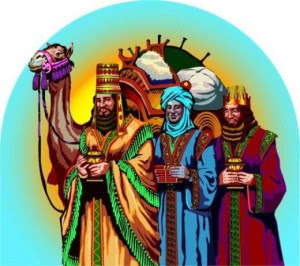Doom, gloom and plenty of clichés

It is hard to find good news about Spain these days. Unemployment is over 20% and still rising , a third of people who are in work are on temporary or part-time contracts, and public sector workers have had their pay cut by 5%. Petrol, gas and electricity prices are rising way ahead of inflation. Zapatero's PSOE government (Spanish Workers' Socialist Party) is moving inexorably to the right - albeit at a reluctant canter rather than a gallop - in an attempt to reduce the public debt and pacify the IMF: freezing pensions, selling off public assets, making it easier to sack employees, cutting unemployment benefits and raising the retirement age. The right-wing opposition party, the Partido Popular (PP) are well ahead in the opinion polls despite repeated revelations of corruption, a leader totally lacking in charisma, and a noticeable lack of policies . Zapatero smiles disarmingly as he canters to the right, and Rajoy gazes into space while trying t...



